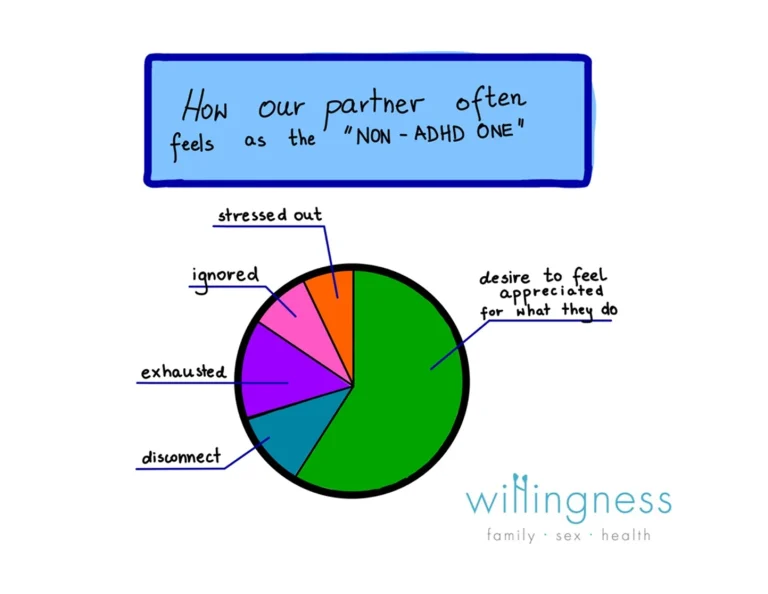How can I support a suicidal family member?
Suicide is a major public health problem. When a family member becomes suicidal, it is a hugely distressing experience that impacts the entire family, and family members often do not know how to act in such a difficult situation. However, while it is completely understandable to feel unsure of what to do, family members play a key role in supporting a suicidal family member and preventing suicide.
The suggestions below are aimed at helping to guide you to respond helpfully to your loved one who is feeling suicidal:
Talk openly and honestly about suicide and do not be afraid to mention the word “suicide”.
A common myth is that asking someone if they are suicidal may increase their distress and risk of suicide. However, the person may actually feel relieved to be asked about it and have a safe place to share their thoughts. If they are not willing to talk, let them know that you are there for them if they want to talk later. Supporting them in feeling that you are there for them can be helpful.
Offer empathy and try not to make them feel like you know exactly how they feel.
You could say something like “I cannot imagine how painful this is for you, but I would like to try to understand”. It is crucial to help them feel understood and not judged. As tempting as it might feel, you do not need to find an answer, or completely understand why they feel the way they do. Listening to what they have to say will at least let them know you care.
Seeking Professional Assessment for Someone at Risk
This is because untreated mental health conditions often increase the risk of suicidal thoughts or behaviours significantly. Moreover, depression and anxiety are common factors contributing to suicidality, making early intervention crucial for recovery. Therefore, it is essential to ensure appropriate treatment is provided by qualified mental health professionals. Additionally, offering emotional reassurance can help reduce their anxiety about attending professional appointments. Furthermore, accompanying them to their appointments may encourage acceptance of help and commitment to treatment. Ultimately, timely support and intervention can greatly improve outcomes and reduce the risk of suicide.
Helping a Loved One Create a Safety Plan
If they are seeing a professional, you may consider enlisting their support. The safety plan is a written list of coping strategies and resources the person could use to help them navigate their suicidal feelings and urges. For example, the safety plan could include self-soothing resources, and people they could reach out to such as family members, close friends or crisis support services. If you want to find out more about how to create a safety plan, consider visiting the Samaritans website at here.
Mitigate any Immediate Risks
If you are worried that your loved one is at immediate risk of suicide, remove anything they could use to harm themselves with (for example, sharp objects such as razor blades and knives; cleaning products; drugs or medication; guns; and belts cords, wires, and rope), stay with them, and get emergency help.
Suicide Prevention Communication Tips for Supporting a Suicidal Family Member
You might find yourself feeling upset, confused, guilty, angry, or scared when trying to prevent suicide. These are all normal responses when supporting someone in a suicide crisis. However, it is essential to prioritise your own wellbeing. Therefore, remember you cannot effectively help your loved one if you are not okay yourself. Moreover, caring for your physical and mental health helps you remain resilient during challenging times. For example, eat regularly, sleep enough, practise calming activities, and talk openly with trusted friends or a therapist. Ultimately, maintaining your wellbeing ensures you can provide consistent, compassionate support without feeling overwhelmed or emotionally drained.
Suicide Prevention Communication Tips: Written by Dr Ronald Zammit
If you think that you can benefit from professional support on this issue you can reach out here.
Dr. Ronald Zammit holds a Doctorate in Clinical Psychology from the University of Southampton, has completed Master’s level psychotherapy training in Cognitive Behavioural Therapy at the New Buckinghamshire University in the UK, as well as received training in Dialectical Behaviour Therapy (DBT). He has a special interest in mood and anxiety disorders, post-traumatic stress disorder and other trauma-related difficulties, personality disorders, and compassion-based approaches to treating difficulties related to high self-criticism and shame.







